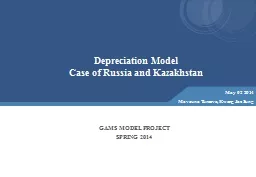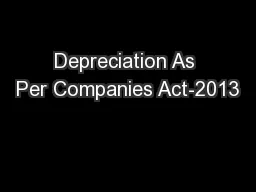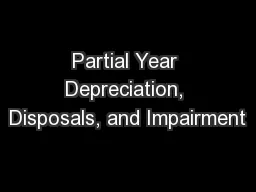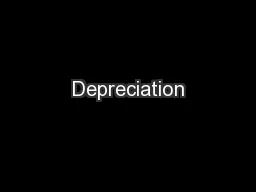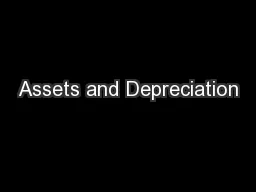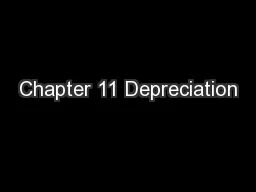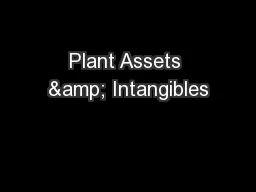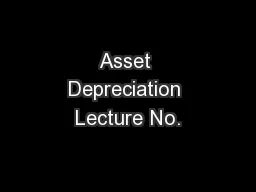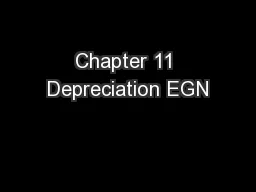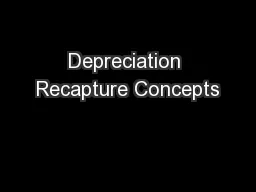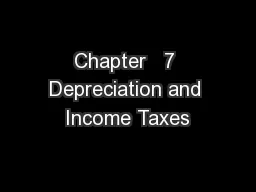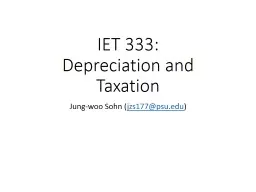PPT-Depreciation Model
Author : pamella-moone | Published Date : 2016-07-06
Case of Russia and Kazakhstan May 02 2014 Mavzuna Turaeva Kwang Jae Sung GAMS MODEL PROJECT SPRING 2014 1 Introduction Dependence of a smaller economy upon
Presentation Embed Code
Download Presentation
Download Presentation The PPT/PDF document "Depreciation Model" is the property of its rightful owner. Permission is granted to download and print the materials on this website for personal, non-commercial use only, and to display it on your personal computer provided you do not modify the materials and that you retain all copyright notices contained in the materials. By downloading content from our website, you accept the terms of this agreement.
Depreciation Model: Transcript
Download Rules Of Document
"Depreciation Model"The content belongs to its owner. You may download and print it for personal use, without modification, and keep all copyright notices. By downloading, you agree to these terms.
Related Documents

